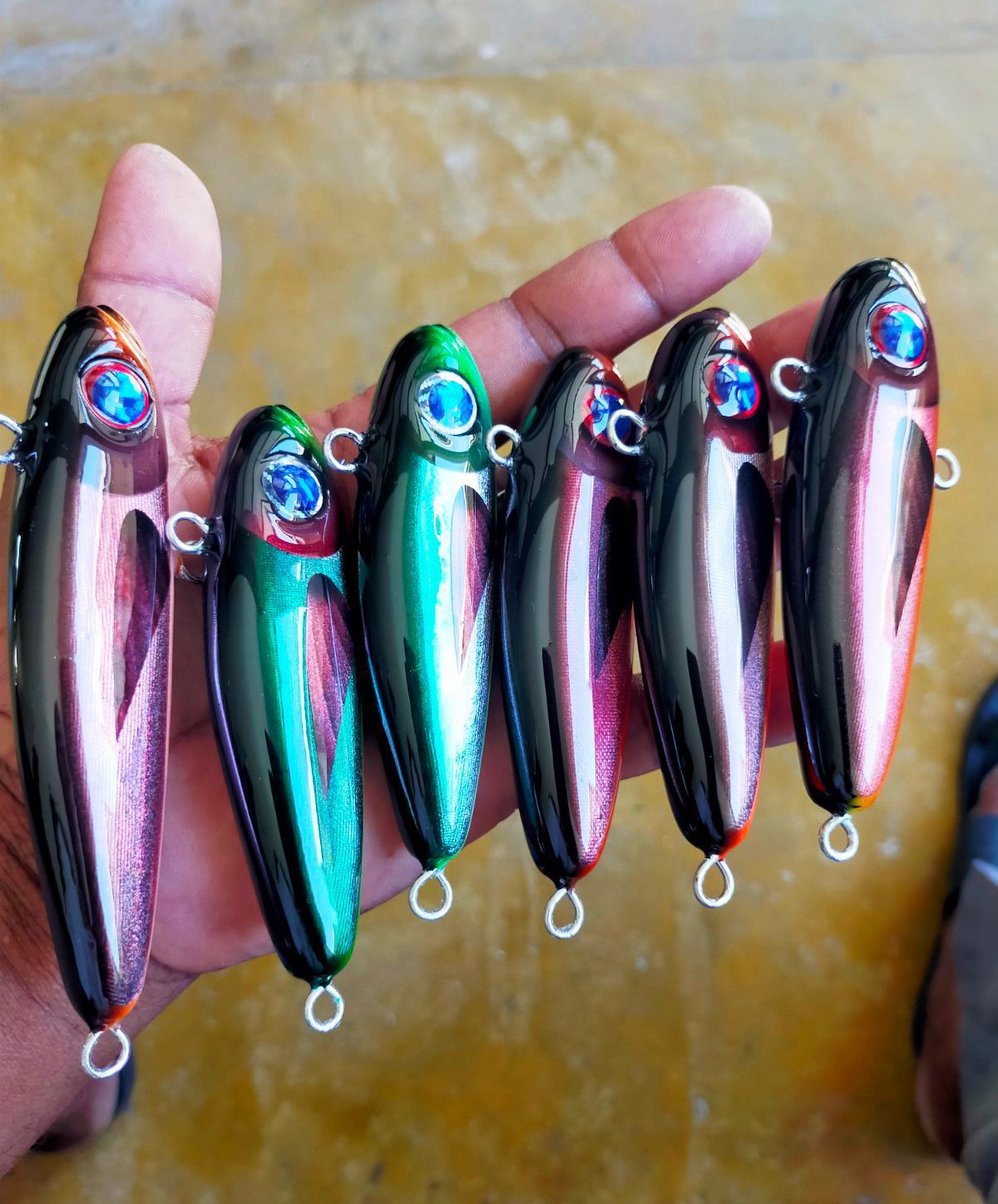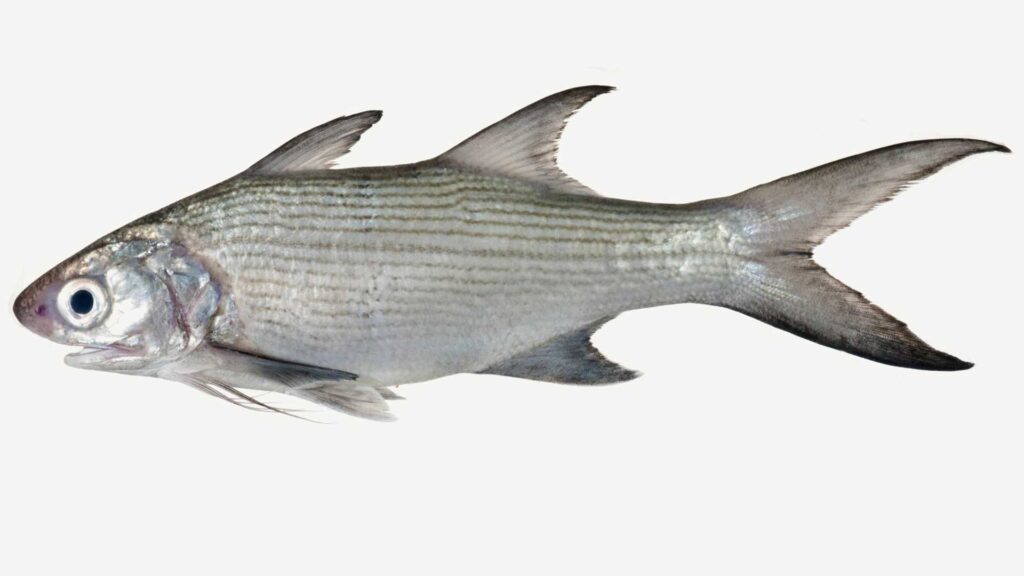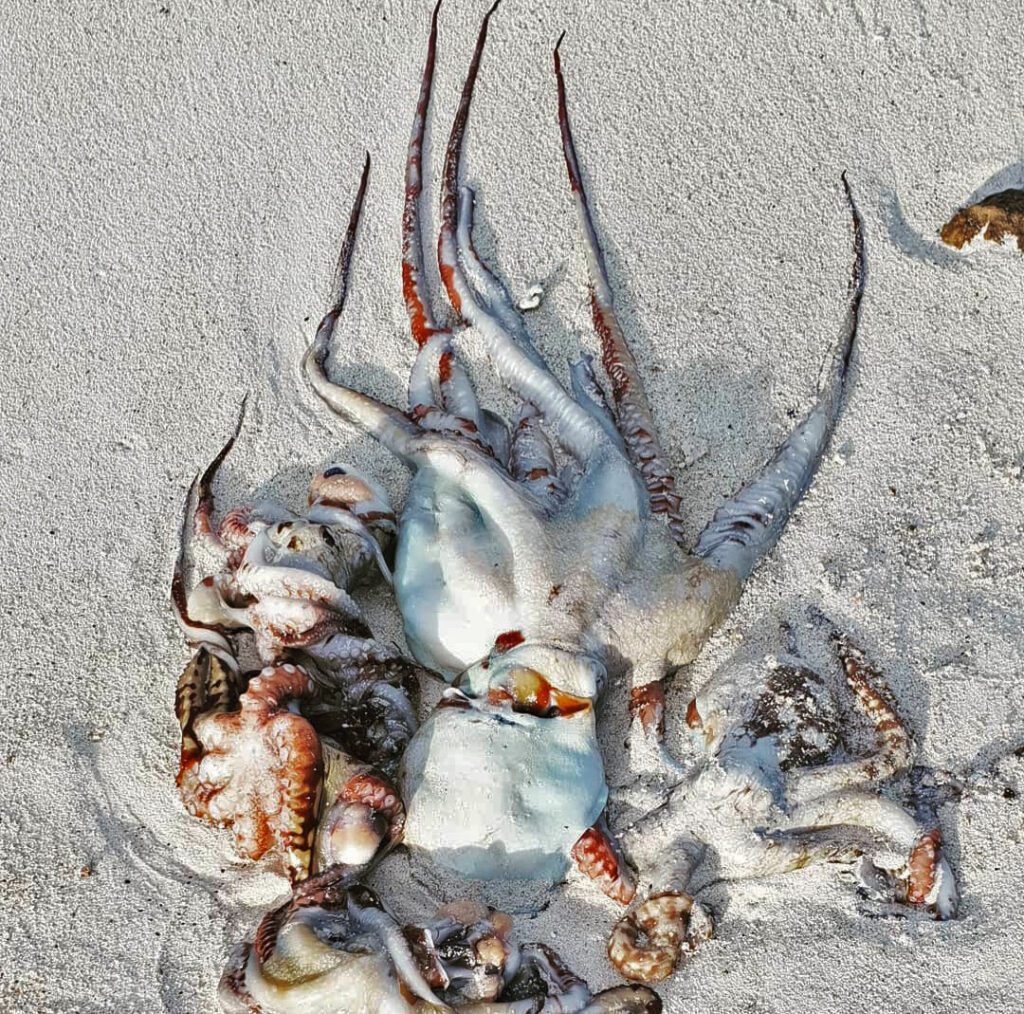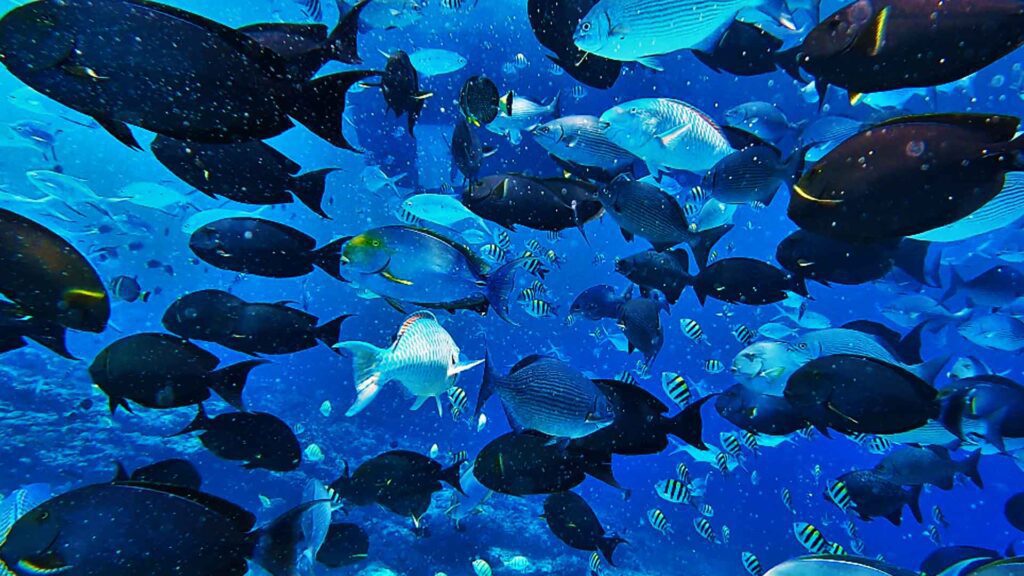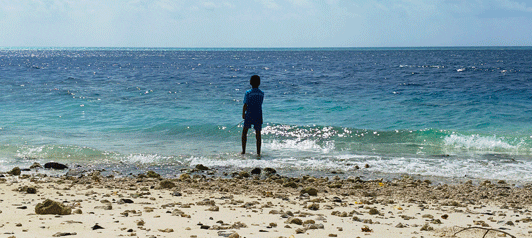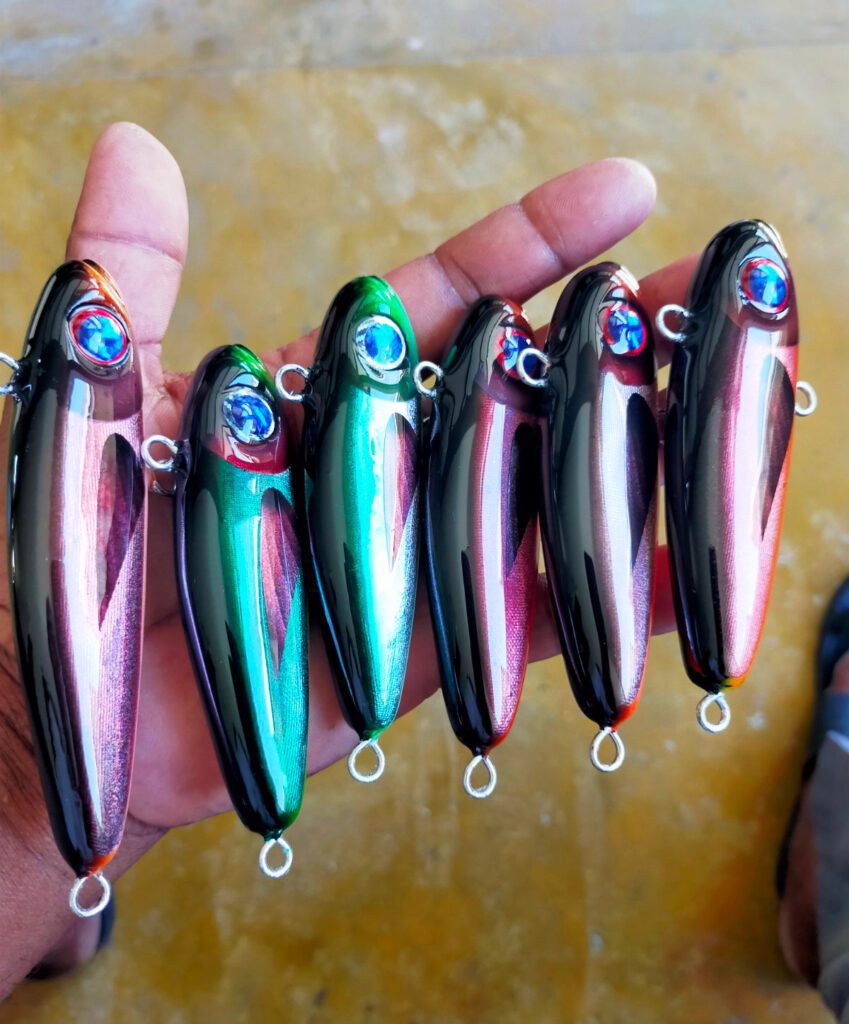
To write this article, I had to do a lot of research regarding the claims and hypothesis about the color ‘story’ of the relationship between the lure color and its effectiveness while targeting fish. Luckily, I was able to find some interesting scientific conclusions and facts regarding this matter. Some people say color is important, and others say that it’s not a factor. There is debate about the topic, and there is evidence supporting both claims.
Sensory world
Like humans, fish also have vision. The perfect creation of remarkable visionary ability in this species is also one of the most important senses that allow them to live. Fish are also unique and different in many ways. Some fish are able to see differently. For example, ultraviolet light is invisible to humans, but some species of fish can see ultraviolet light.
Research has shown that some species of fish have sophisticated color discernment. This is important for them to live in their challenging environment. It helps them identify prey; they can deceive and avoid predators. In controlled laboratory findings, it is known that fish can recognize color differences. But in their natural environment, this ability can affect this ability. (Shick, 2022).
Filtration of light in water
They see color. As light enters water, its intensity decreases and its color attenuates. This absorption limit light penetrates into water. At a depth of around 10 meters, red fades away. Changes are dramatic depending on the depth of penetration. Orange and yellow fades at around 30 meters. Most of the color spectrum disappears within the first 30 or so feet of water.
Green vanishes at around 50 meters. Blue light mutes at around 200 m. Several other factors also affect this change. So, you might question yourself then: what is the use of colors in the lure as it diminishes at depths? Even if it loses color, it does not mean the lure is lost or diminished. It may be seen as a black object. According to experts, the object will be noticeable.
Red (15 to 20 ft) light is the first color that will be absorbed. Orange (25 to 30 ft) and yellow (35 to 60 ft) penetrate slightly deeper. Green (70 to 90 ft) and blue (95 to 180 ft) light penetrates the deepest. So, it goes like this: Red > Orange > Yellow > Green > Blue > Indigo > Violet.
This penetration also depends on many factors. In clear water, colors can be seen at greater depths. But in stained waters, colors are absorbed quickly, and visibility is reduced. In murky water, bright colors like chartreuse, orange, and pink can be visible. In clear water, natural colors such as green, brown, and silver are effective.
It is not necessary or important to manipulate their senses. Fish have to see the lure. It is not seen for what it really is. In greater depths, vibrations, sounds, and flashing effects (light, etc.) will be effective. Food source, quality of light, and clarity of water are major factors that influence the color theory.
In bright conditions, lures with flash or reflective elements can attract the fish. During low light, glow-in-the-dark or UV-reactive lures can be effective. During seasonal conditions such as spawning (releasing eggs or sperm into water), shad-color lures can be effective. Even if the color fades, the object will be noticeable in the depth where it is located.
Fish is also a learner. They have the ability to remember things. And they also have a capacity for belief. We are also fooled and deceived, just like the fish. If the color matches the appearance of the bait fish present in an area, there is a greater chance that the fish that you are targeting will be attracted to it. But still, there can be many factors that can attract fish towards the lure. For example, water conditions and the way that the lure is presented.
Good contrast-detection ability
Scientific study of the fish eye has revealed that they have a good contrast-detection ability. Few experiments have shown that a minimum level of light is necessary before a fish can recognize colors. A study has to be conducted to know which color they prefer.
Fish usually use their sense of hearing or smell to initially perceive their prey and then use their vision in the final attack. Some fish have the ability to detect the type of colors typical of their environment. Inshore fish have good vision. Pelagic fish have limited vision capability.
Scientific facts
Jonathan Balcomb, a British-born, US-based scientist and author who has written extensively on animal behavior, ecology, and conservation, said in his “book—“What a Fish Knows”—“Fish” “can see as clearly underwater as we can in air.” In his book, he has proven the prevalent belief that fish are not dumb creatures. He has explained many aspects of fish, such as they are aware and sentient. They communicate and culture and desire to seek relationships as well.
Many fish show highly sophisticated visual behaviors that help them analyze visual processes exceptionally well. Karl von Frisch, who won the Nobel Prize for Physiology or Medicine with animal behaviorists Konrad Lorenz and Nikolaas Tinbergen in 1910, proved that fish can distinguish color and brightness differences (von Frisch, K.).
Some fish also have highly sensitive color vision that allows them to live in very deep areas. According to a study conducted by the Queensland Brain Institute (QBI), certain species of deep-sea fish have highly sensitive color vision. This study enabled them to find that there is rod-based color vision. This study supports the existence of a purely rod-based color vision system. Rods are cells that are responsible for vision in low light.
“Vertebrates possess up to five types of opsins, and most of these tend to be used in cones,” said Dr. Fabio Cortesi, a postdoctoral research fellow at QBI. “Cones generally operate in bright-light conditions, and using a variety of opsins allows sensitivity to a broad range of colors. If you want to survive down there, you need to quickly decide if you want to avoid being eaten or eat what you see.”
Some fish, as such, can effortlessly detect prey against a UV background. These include juvenile and adult salmon. When adult salmon migrate from salt water to freshwater, they are able to sense infrared light due to a mechanism in their eyes that modifies vitamin A molecules in their retina. In dark or cloudy environments, they switch to night vision due to this ability (Nettimi, 2022).
In 1997, a test conducted by biologist Culim Brown showed that fish have the cognitive power of remembering. In the experiment, a hole was made in a net placed in the fish tanks. In the final trial, all fish found and remembered the big hole in the net, and they warded off being captured. Biologist Stephen Reebs stated that “for almost every feat of learning displayed by a mammal or a bird, one can find a similar example in fishes.”
These are true facts that science has revealed about their vision. The famous ethologist Jonathan Balcomb said, “Fish can see as clearly underwater as we can in air.” Fish also communicate or express themselves. Color also plays an important role in their behavior and communication. If a fish is aggressive or wants to forage for food, color harmonizes according to the instinct of the fish that possesses this marvel. Color presents their mood and gender as well. It can tell you if it is breeding.
Polarized light
Research has revealed that many fish have the ability to sense polarized light. According to scientists, polarized light might help fish in migration and help them swim closely with other fish of the same species. This ability helps them find and locate food. It can also assist them in increasing the contrast capacity of a prey and its background. It can also help detect objects that are far away (Ross, 2020).
Fluorescent colors
Studies have shown that fluorescent colors can be seen from longer distances than regular colors. And fish are attracted to flies with such materials. For example, chartreuse can be very visible with the right conditions. Fluorescent colors are bright colors when exposed to ultraviolet light. The unique thing is that, for example, if you expose a fluorescent yellow lure to ultraviolet, blue, or green light, the lure will appear as a bright yellow color. As the fluorescent lure goes deeper, there won’t be any dramatic change of color.
Stickleback experiment
A study on the use of ultraviolet light in communication proved that color signaling plays a vital role in mating and communication. In the experiment, the removal of UV light reduced visual attractiveness, courting males to females. This is the first experimental evidence that the UV wave plays a significant role in the context of communication (Rick, Bakker, 2008).
